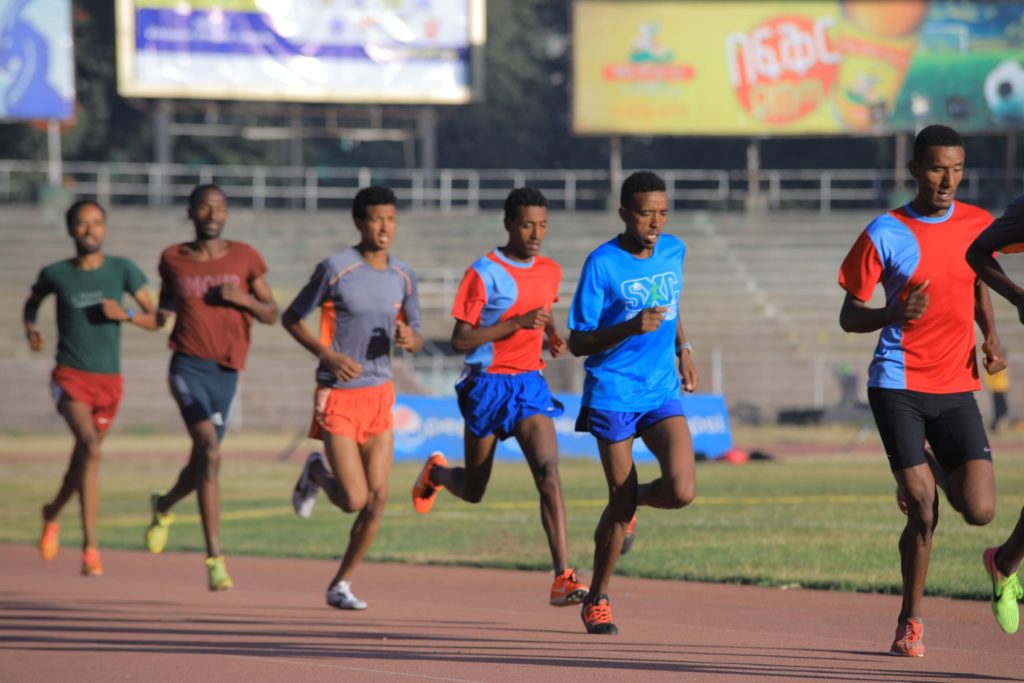Finding the perfect form
Feeling inspired after following a thread on my local running club’s Facebook group I thought I would write about a favourite topic of mine: Running biomechanics and efficiency. While there are ideal components of running form and we should aim to work to these, each runner will have their own unique style.
I often see people finish their rehabilitation but struggle to get back to running pain-free. Often this is due to inefficiencies in their running style, which causes an overload of their tissues in a particular area.
Efficient running loads your joints with 2-3 times your body weight. Inefficient running load can be greater than 6 times your body weight, significantly increasing the stress on your body and risk of injury.
We often forget that like any sport running is a skill, which we need to develop. So while you can do lots of stretching and strengthening, all of which help reduce your risk of injury and make you faster, you should also address your running style to make the greatest improvements.
We can break the running cycle down into its minute biomechanical details. However, for simplicity, I’ll focus on the main issues I see. Please note there is a lot of generalising here and if you are at all unsure please speak with your running coach or a specialist physiotherapist.

Common faults in running
I use video to analyse my patients’ running cycle and there are three inefficiencies I most often come across:
Low Heel Lift
A low heel lift is where the heel does not lift up past 90° from the ground. What this tells me is the runner’s glutes and hamstrings are underactive and their hip flexors are compensating.
Overstriding
An overstride, means your leading foot is landing further in front of your centre of gravity than is preferable. This means you will spend too much time in contact with the ground, which increases the load through your knee, creates greater braking forces through the legs, and overuses your quadriceps and hip flexors.
Hip Drop (Trendelenburg)
A Trendelenburg or hip drop is easily recognised by dropping of the pelvis as your weight balances on one leg in the running cycle. This is a sign of weak glutes and shows you are spending too long on the ground and likely have a low cadence. A Trendelenburg can often lead to back or knee pain.
So what is ideal?
The ideal running form can be split between the upper body and lower body.
Upper body running form
While runners focus time and energy on building up the propulsive motion from their legs, the upper body is just as crucial to an efficient running cycle.
To start with, focus on:
- Keep your shoulders relaxed and not tight and pulled up by your ears
- The arm swing:
- Your elbows should be bent to 90 degrees or more
- Your hand relaxed with your thumb resting on your first finger
- Your arm swing goes forwards and back along a single plane while keeping your elbow bent at 90 degrees.
Top tip: Aim to get your hand from your back pocket up to your lower chin (or kept in your peripheral vision when looking forward). The movement back will vary according to your shoulder mobility.
Avoid: Don’t let your arms cross your body as this can cause your torso to rotate and waste energy
Lower body running form
The legs are our powerhouses and the key focus of our run. To get the most out of them, efficient movement is key.
Legs
Aim to bring your heels up past 90° to the running surface. Avoid over pulling your heel towards your buttock, it should be part of a cycle and not a flick of your heels. A simple trick to do this naturally is to try to run a little faster than your normal pace and observe the height your heels travel to.
Cadence
We all want to avoid a plod, so cadence is key to ensuring a good leg turn over. Try playing with the rate of your leg turn over during your run increasing it by 5% and see how this feels. If you can maintain a faster leg cycle then start to incorporate this into your everyday training.

How to do it
Strength and conditioning
I always advise runners to do a strength and conditioning programme to complement their running. This ensures you have the strength and flexibility to run more efficiently and ultimately faster.
Interval and hill training
These sessions are really important to increase your speed and work your form. As these sessions involve shorter bursts of running, you should also take a moment to concentrate on your form during the repetition.
One thing at a time
Keep it simple. As you develop your form, work on one aspect at a time. Choose to concentrate on heel lift, or arm swing, or cadence during your session.
Working on your form will be more tiring as you need to run and think about what you are doing. Don’t try this on raceday for the first time, practise it in training and see how you get on.
How to start
Try a 15-minute run/jog or walk/run programme, or add it as part of your regular training run. As a drill, I would advise no more than 20 seconds of working on your form and 40 seconds at your normal running/walking pace, a maximum of 15 times. As you get the hang of it you can increase the time or reps.
Most of all efficient running should make you feel smoother and lighter as a runner, and ultimately increase your enjoyment while reducing your risk of injury. Work to achieve small improvements which, down the line, will all improve your technique.
Or call 07418 080 597